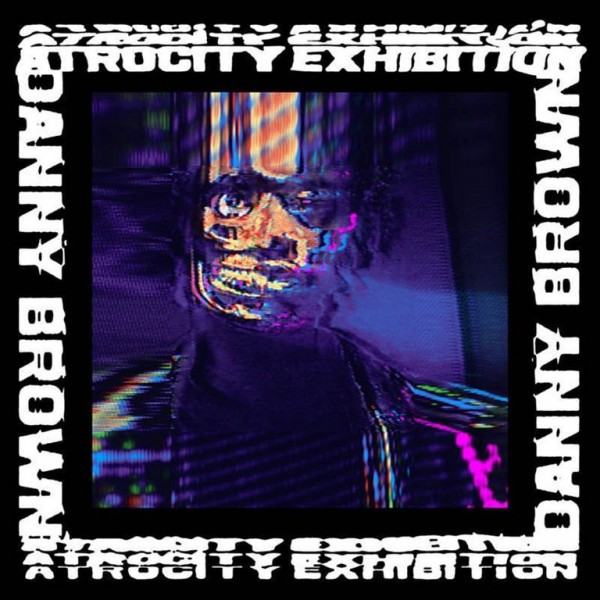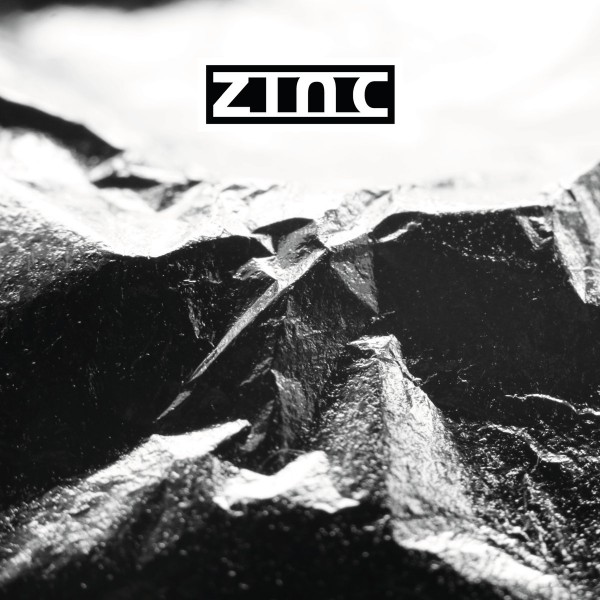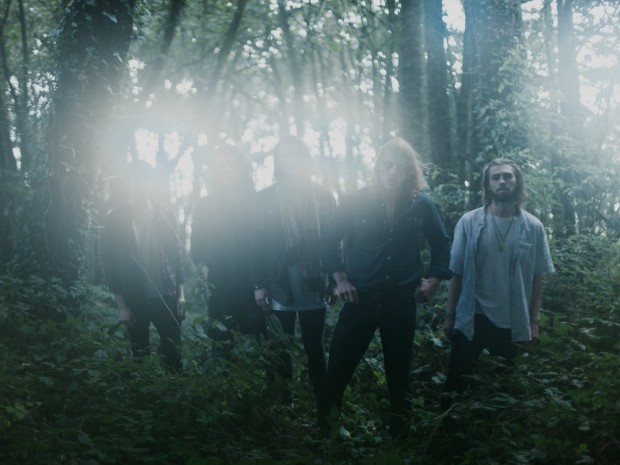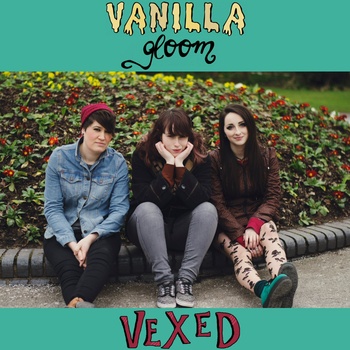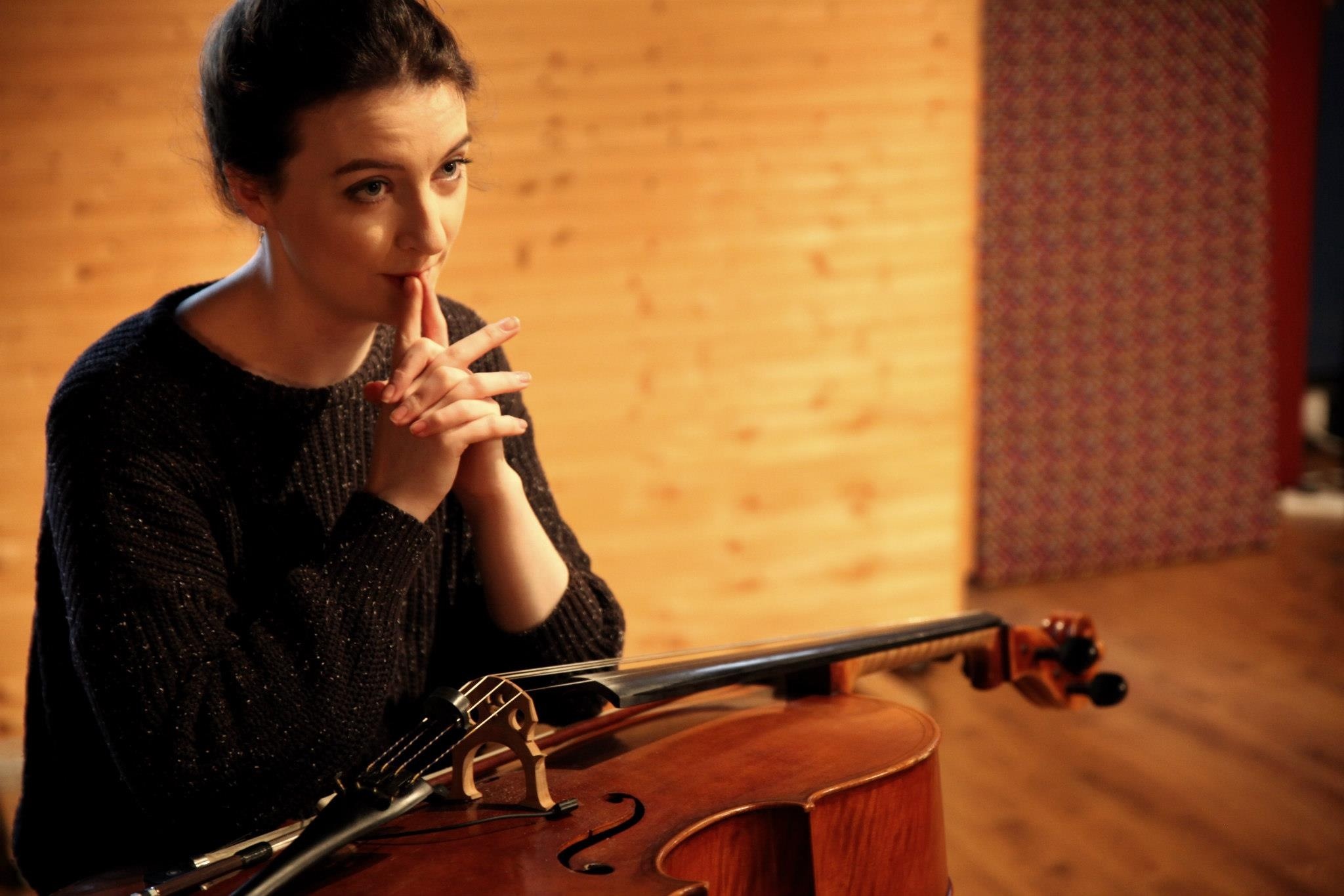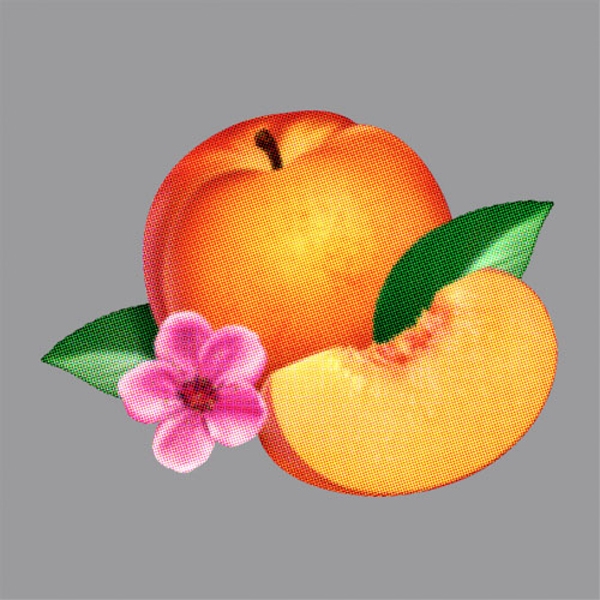Danny Brown’s flair for off kilter delivery and taste for unusual production has garnered a cult following since the Detroit rapper’s earliest mixtapes. Subsequently, studio albums like XX and Old found a much wider audience for his tales of drink and drug fuelled escapades, placing Brown as the oddball at the very edge of the rap mainstream. Brown’s brutally honest confessions made him a fascinating figure: avoiding the hip-hop clichés of purely revelling in debauchery, Brown seemed genuinely compelled towards such levels of self-abuse. A series of concerning tweets from 2014, in which the rapper took aim at a lack of support in the rap industry and detailed his own struggle with depression, put to bed any notions that this was a persona, tweeting “Nobody cares if I live or die … Y’all want me to overdose just don’t be surprised when u get what u asked for.” At 35, Brown is still with us, but his latest album is a stunning, haunting insight into some still gaping wounds.
Atrocity Exhibition is the result of Brown’s sessions with London based producer Paul White, his collaborator on XX and Old. Taking its’ name from both the Joy Division song and the JG Ballard novel, the song’s dark introspection, coupled with the gonzo tone of the book, make the title surprisingly apt. From the nightmarish opening of ‘Downward Spiral’, with a deranged sounding Brown describing yet another night of excess over echoing, distant sounding, feedback laden beats, the album’s themes become immediately clear: Brown’s demons are still there, and the lure of self- medication is strong as ever. On the loose funk of ‘Rolling Stone’, Brown addresses his own duality (‘some people think I drink too much/ I don’t think they drink enough’) in almost devil-may- care fashion.
Crucially, despite the harsh production and hard-hitting rhymes, Brown and White have forgotten none of their melodic nous, most clearly evidenced on third single ‘Really Doe’. Over spidery, Halloween-esque bells, Brown and collaborators Kendrick Lamar, Earl Sweatshirt and Ab-Soul trade furious verses. Lamar and Sweatshirt are two artist’s whose recent albums in particular have touched on similar issues and with Lamar crooning the chorus “They say I got the city on fire/ I ain’t boomin’, that’s a goddamn lie” they may have landed their collaborator a potentially vital crossover hit.
Lyrically, Brown’s albums have always had similar concerns, but it’s the consistently bold yet cohesive sonics that give the album a feeling unique in contemporary rap. Much attention has been given to Raekwon and Joy Division apparently sharing equal influence on the record, but Brown and White’s mention of fellow new-wavers Talking Heads seems to carry more weight. White’s cold, roughly layered production is similar in spirit to Talking Head’s Brian Eno produced exercise in paranoia, Fear of Music. The record’s singular vision is aided by only a smattering of guest stars, meaning, with the exception of the star-laden ‘Really Doe’, no other MCs interrupt Brown’s soul-searching. Another key asset is the sheer range of Brown’s voice, the most versatile instrument on display: when the Sly Stone like drawl he affects on Kelela collaboration ‘From The Ground’ segues into his firestorm delivery on ‘When It Rain’, it’s as if there are two different vocalists entirely.
Brown has produced arguably the most vital rap album of the year, an unhinged peek into his own damaged psyche, aided by White’s genre-pushing soundscapes. In a year in which so much praise has been lavished on the colourful nostalgia of Chance the Rapper, Brown delivers the anti-Colouring Book: unsparing, confrontational and wracked with self-debt. Through studying his own inner turmoil, Brown has captured the mood of 2016 like no other. Caolán Coleman

